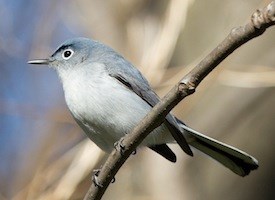
Polioptila caerulea
SUBFAMILY
Polioptilinae
TAXONOMY
OTHER COMMON NAMES
English: Cat-bird; French: Gobe-moucherons Gris-bleu; German:
Blaumьkenfдnger; Spanish: Perlita Grisilla.
PHYSICAL CHARACTERISTICS
4–4.5 in (10–11.5 cm); 0.18–0.25 oz (5–7 g). Tiny grayish bird
with a distinct white eye ring, and a long tail, often cocked.
Upperparts blue-gray, underparts whitish, outer tail feathers
white, inner tail feathers black. Breeding male has black ‘forehead’
stripe extending from base of bill to just above and behind
the eye.
DISTRIBUTION
Nearctic. Breeds throughout much of United States and Mexico
south to Belize. Winters from extreme southern United
States to Baja, Honduras, and Cuba.
HABITAT
Swampy deciduous or pine woods and riparian lowlands in
eastern United States. Arid scrub, pinyon-juniper, and open
woodland in western United States. Scrub, wood edges, thorn
forest, and clearings on wintering grounds.
BEHAVIOR
Usually solitary or in pairs. Call is a thin buzzy whine, the
male song, a rather soft series of such notes, interspersed with
chips and whistles. In migratory populations, males arrives first
and sing to defend their territories. Some populations in Mexico
and Bahamas are permanent residents, but most are migratory
between April and September.
FEEDING ECOLOGY AND DIET
Will take a wide variety of insects, spiders. Usually gleans
while perched, but also hover-gleans and hawks for insects.
REPRODUCTIVE BIOLOGY
Monogamous. During courtship, the male leads the female to
potential nest sites. The nest, built by both sexes, is a neat cup
of plant fibers often camouflaged and placed high on a branch
or fork of a tree or shrub. Four or five eggs are incubated by
both parents for 11–15 days. Female broods the nestlings, but
later both sexes feed young. Fledging occurs after 10–15 days.
CONSERVATION STATUS
Not threatened.
SIGNIFICANCE TO HUMANS
None known.
Photo Gallery of - Blue-gray gnatcatcher
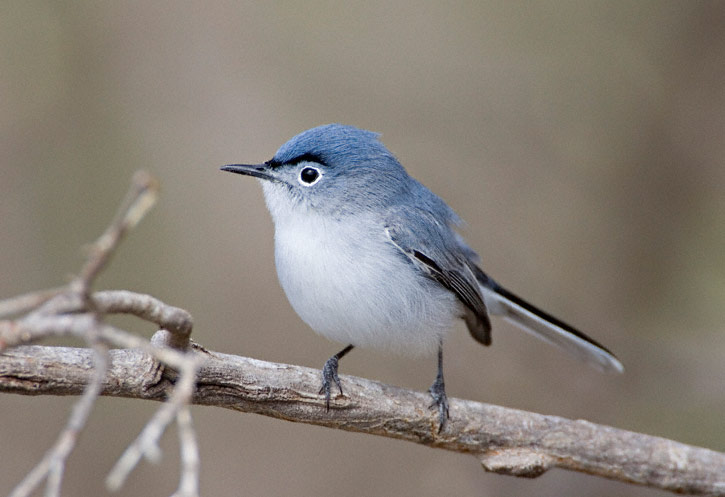
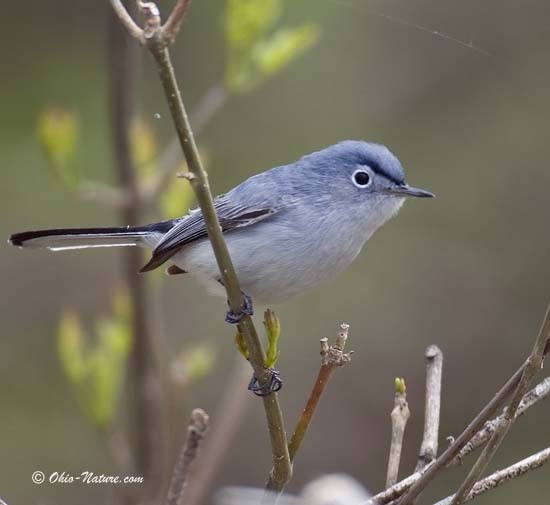
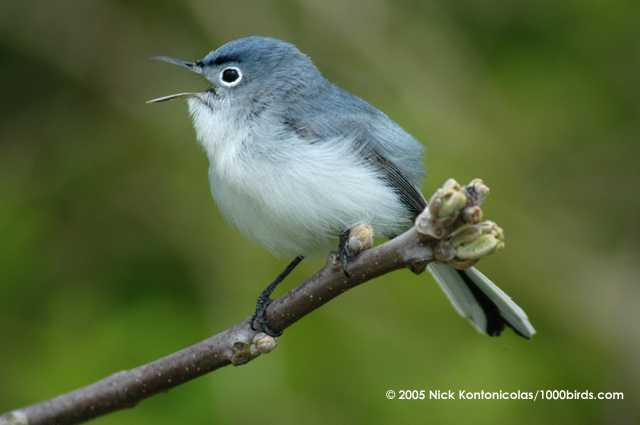
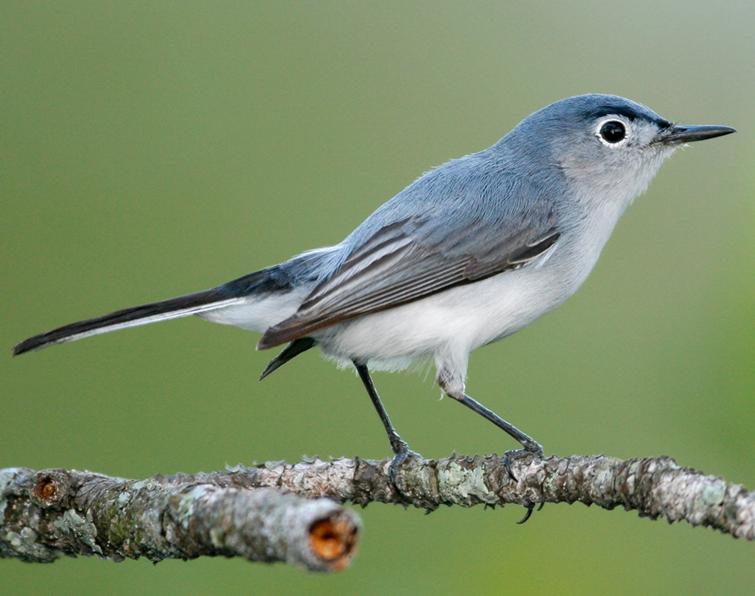
 Animalia Life
Animalia Life